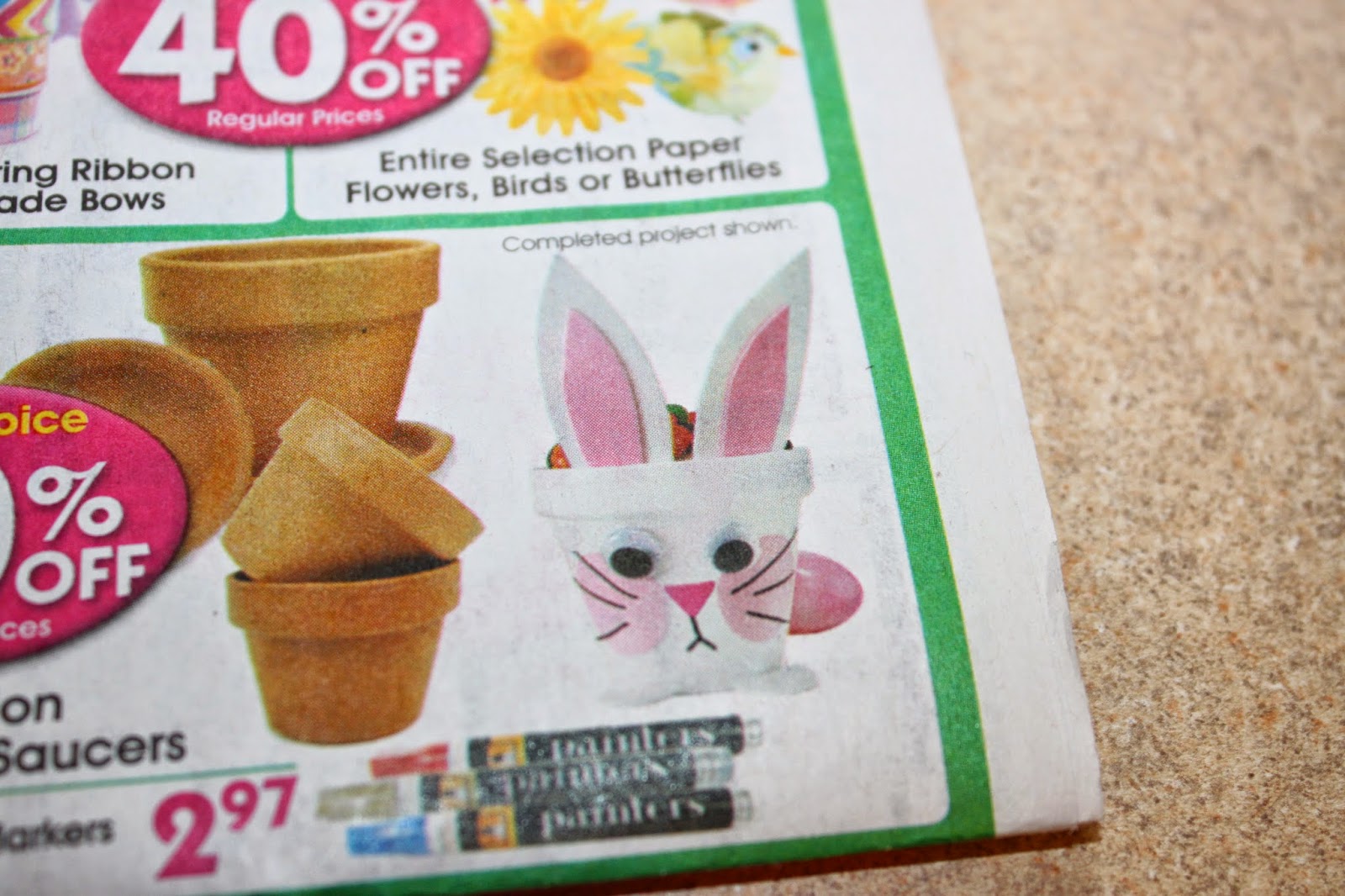The majority of questions I get asked by friends and
acquaintances are regarding their little one’s speech – meaning the actual
SOUNDS they produce when speaking. Most
children have errors in their speech sounds when they are first beginning to
talk, but as their skills and awareness develop, these errors usually dissipate. The degree of errors can vary from child to
child. My son, Anthony, had very few
errors and it was easy for other people to understand him. Michael, on the other hand, requires a little
more of a trained ear. I can usually
decipher what he is trying to say but at times it’s even hard for me. Speech pathologists rate the understanding of
what a child is saying and refer to it as speech intelligibility.
If your little one does have errors or it’s hard for you
or others to understand him/her, you are probably wondering if it’s
normal. Here’s a chart that shows what
sounds your child should be saying at each age.
For example, if your 2 year old is saying, “I wuv you” instead of “I
love you,” there’s no need to run out and get a speech evaluation. If you refer to the chart, by age 4 children
should be using the L sound appropriately.
AGE
| Source: Sander, Eric K. "When Are Speech Sounds Learned?" JSHD, 37 (February 1972). |
So before you start to worry, keep this chart handy and
check in with it once in a while to see how your child is progressing compared
to the norms. If you’re really unsure
and concerned or your child’s language is not meeting the normal criteria or
your child is very frustrated because others can’t understand him/her, consult
a speech language pathologist!
More on your child's speech and language development:
What I Have Against the Sippy Cup
10 Simple Ways to Encourage Language Development
Speech & Language Development Checklist: Birth - 3 Years Old
Be sure to follow us on Facebook and by e-mail to find fun activity ideas and information on your little one's speech and language development!More on your child's speech and language development:
What I Have Against the Sippy Cup
10 Simple Ways to Encourage Language Development
Speech & Language Development Checklist: Birth - 3 Years Old
Love & Language,
Marisa













































